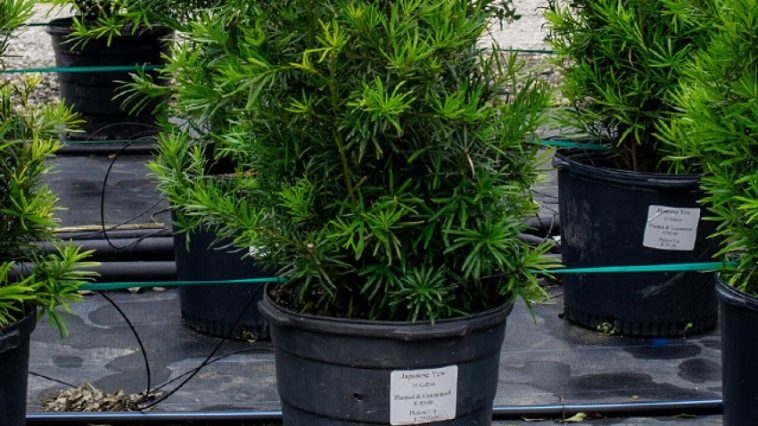Missoula, MT – Several elk calves in the Bitterroot Valley have died after consuming toxic plants in what is being described as an alarming incident involving Japanese yew, a commonly used ornamental shrub.
Montana Fish, Wildlife, and Parks (FWP) confirmed that at least five elk calves were found dead in mid-January in the Florence area. Necropsies revealed the animals had ingested “high quantities of toxic Japanese yew (Taxus cuspidata),” an evergreen plant native to East Asia and often used in landscaping around homes and walkways.
Following an investigation of properties in the area, wildlife officials found several plants that had been “browsed” by the elk. The homeowners, upon learning of the danger, voluntarily removed the plants from their properties.
Japanese yew is highly toxic to wildlife, particularly to young animals such as elk calves, which are especially vulnerable. Area biologist Rebecca Mowry explained that because the plant is not native to the region, local wildlife—including elk—aren’t familiar with its dangers. “Even a small amount can kill them, and yearlings are especially susceptible,” Mowry said.
FWP wildlife veterinarian Dr. Jennifer Ramsey noted that consuming an amount of Japanese yew weighing less than 1% of an elk’s body weight is enough to prove fatal. “The elk we necropsied here at the wildlife health lab had a large amount of yew—leaves, stems, and seeds—in its rumen,” said Ramsey. “Yew toxicity often causes sudden death, commonly within two to four hours after ingestion.”
This tragic event highlights the risks posed by non-native ornamental plants, particularly for animals that do not have the instinctual knowledge to avoid them. Wildlife officials are urging homeowners in the region to be aware of the dangers posed by such plants and to consider removing toxic species from their landscapes to protect local wildlife.



